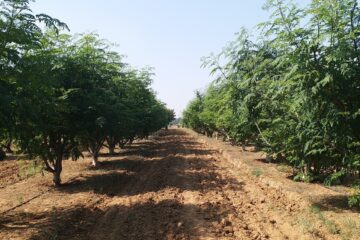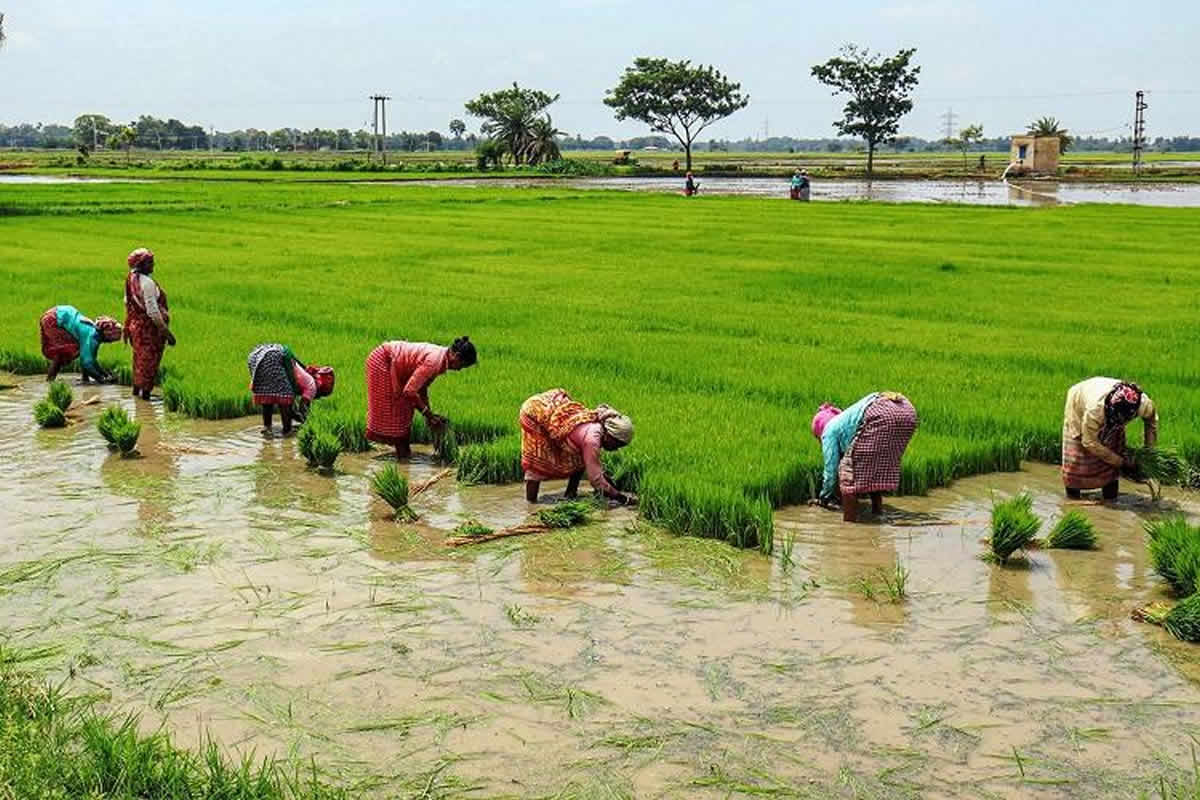Published in the February 2019 Issue
Among the major cereal crops grown worldwide, maize (corn) holds a significant position. Beyond its use as food and fodder, maize serves as a raw material for over a hundred by-products including oil, glucose, dextrose, ethanol, bio-pharmaceuticals, and colorants. Thus, farmers view maize as a profitable crop. However, maize production in India remains relatively low, necessitating the adoption of modern cultivation techniques to boost yields.
Reasons for Low Production
- Predominantly rain-fed cultivation.
- Irregular or excessive rainfall.
- Drought during the crop’s growth period.
- Insufficient fertilization in rain-fed lands.
- Lack of quality and viable hybrid seeds at sowing time.
- Labor shortages and high wages.
- Lack of awareness and timely implementation of modern maize cultivation techniques and seed production methods.
- Low market price for maize despite the absence of government procurement centers.
Suitable Seasons
Maize can be cultivated year-round. In rain-fed areas, sowing is done during the monsoon season. In regions with southwest monsoon rains, sowing can be done in Adipattam (July-August) and in the southern Tamil Nadu drylands during Purattasi (September-October) and Aippasi (October-November).
Where irrigation is available, three crops can be cultivated annually. For producing hybrid seeds, the best time to sow in Tamil Nadu is in Aani-Aadi (June-July) and Margazhi-Thai (December-January) seasons. These periods ensure dry weather during flowering, facilitating the production of high-quality seeds.
Land Preparation
Maize grows well in various soils including clay, loam, sandy loam, and red soils. Proper drainage is crucial as maize does not thrive in waterlogged conditions. Soil pH should be between 6.5 and 7.5. The land should be plowed and ridges spaced 45 cm apart should be formed. Cross-drainage channels at intervals of 5-6 meters should be established to drain excess rainwater. Plotting the land into smaller sections aids in effective water management and enhances yields.
Variety Selection
- Adipattam (July-August): Varieties: CO 1 (90-95 days), COHM 4, 5, 6 (105-110 days).
- Purattasipattam (September-October): Same as Adipattam.
Sowing
Certified seeds with good germination rates should be used. Seeds are sown at 45 cm row spacing and 20 cm plant spacing with a depth of 4-5 cm. Hybrid seeds require 20 kg per hectare, while regular seeds need 25 kg per hectare. Seed treatment with 2 grams of Carbendazim per kg of seed prevents soil and seed-borne diseases. Azospirillum (600 grams per hectare) should be used for nitrogen fixation.
Fertilization
Maize utilizes soil nutrients effectively. However, proper fertilization based on soil tests is essential for optimal growth and yield. In rain-fed areas, apply 60:30:30 kg of nitrogen, phosphorus, and potassium per hectare. In clay soils, reduce to 40 kg nitrogen and 20 kg phosphorus per hectare.
Fertilizer Application:
- Base Dressing: Incorporate recommended base fertilizers 2.5-7.5 cm away from the seed row at a depth of 2.5-5 cm.
- Top Dressing: Apply nitrogen fertilizers 15 cm away from the plant stem and incorporate at a depth of 4 cm.
Weed Management
Apply 500 grams of Atrazine mixed with 900 liters of water per hectare three days after sowing. Hand weeding or mechanical weeding should be done 20-25 days after sowing and, if necessary, again at 45 days. Maintaining a weed-free crop for the first 40 days is crucial.
Water Management
Effective irrigation and drainage are essential. Excess water should be drained promptly after heavy rains, and drainage facilities should be established to prevent waterlogging.
Pest Management
Maize is susceptible to various pests including stem borers, leafhoppers, and armyworms. Effective pest management includes:
- Stem Borer: Imidacloprid seed treatment and maintaining a clean field.
- Armyworm: Deep plowing, applying neem cake, and using light traps and pheromone traps.
Disease Management
- Downy Mildew: Caused by Peronosclerospora sorghi. Treat seeds with 4 grams of Metalaxyl per kg and spray 0.2% Metalaxyl if necessary.
- Leaf Blight: Caused by Helminthosporium maydis. Treat seeds with 4 grams of Captan or Thiram per kg.
- Rust: Caused by Puccinia sorghi. Remove infected weeds and spray Mancozeb if necessary.
Harvesting
Signs of maturity include dry husks and hard, dry seeds. Yields range from 7-8 tons per hectare in irrigated conditions to 4-5 tons per hectare in rain-fed conditions.
Dr. K. Sathya, Dr. A. Nirmalakumari, Dr. M. Rajesh, Dr. K. Ananthi, Dr. V. Manimozhi Selvi, Centre for Small Millet Improvement, Athiyandal, Tiruvannamalai District.










